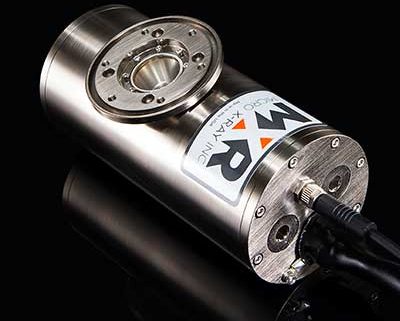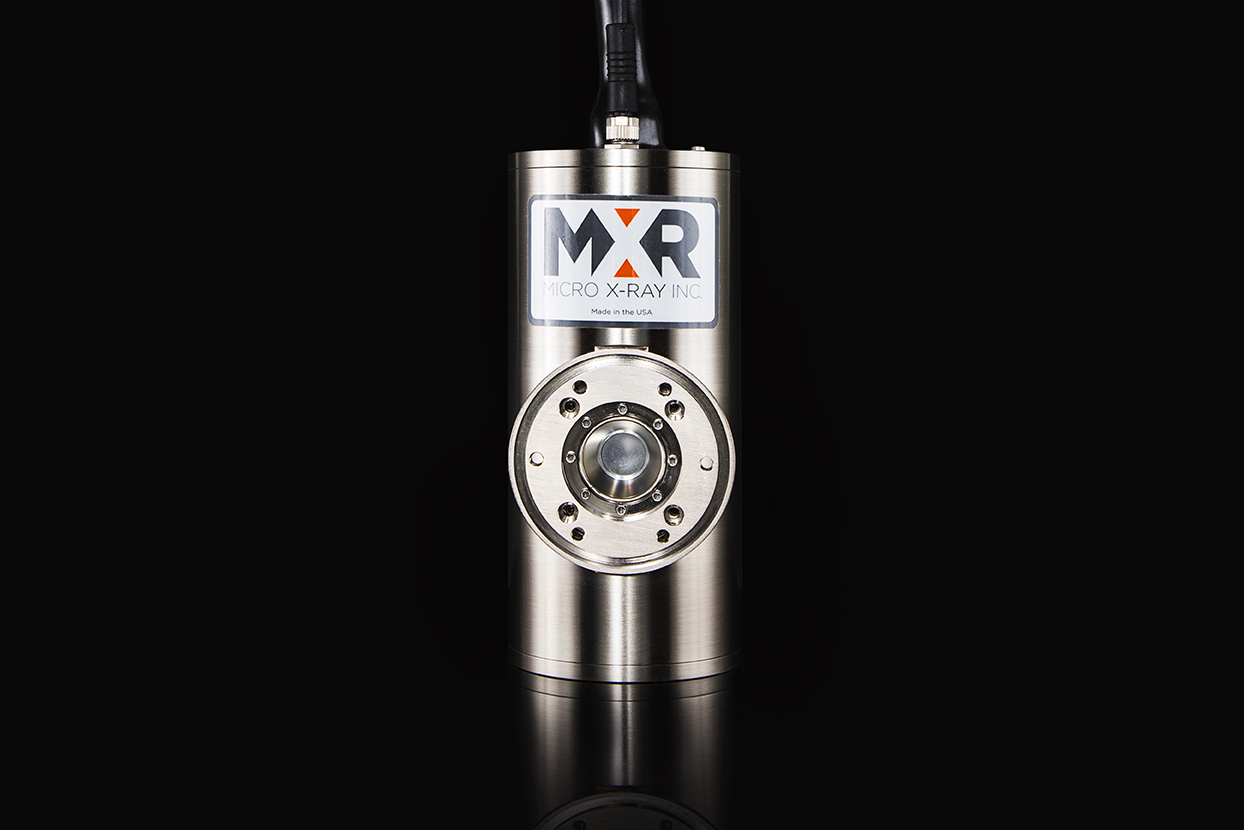X-Ray Sources 101: How Long Will My X-ray Tube Last?
Most users of X-ray tubes intuitively understand that X-ray tube lifetime is finite, and that X-ray tubes are consumable items due to the lightbulb-like filament that is generally used as an electron source. One of the first questions when dealing with any consumable is, how long will it last? This question informs total cost of machine ownership, preventative maintenance schedules, and a number of other key decisions needed to accurately compare one source against another.
In today’s post, we’ll look at the common failure modes of X-ray tubes, what can be done to manage them, how long your tube might be expected to last in the field, and why it’s a surprisingly hard question to answer.
A Brief Review
X-ray tubes are vacuum devices, meaning they require a high vacuum to operate. This high vacuum is needed for high voltage insulation, but it is also useful in allowing the electrons to travel from the cathode side of the X-ray tube to the anode, in order to generate X-rays. With a lower quality vacuum, the journey from cathode to anode becomes more challenging for the electrons, and therefore the filament must be run harder. For more information on this phenomenon, please see our previous articles on how X-rays are generated.
All of Micro X-Ray’s X-ray tubes are sealed type X-ray tubes. Sealed tubes are (as the name suggests) completely vacuum sealed at manufacturing, and contain no user-serviceable parts. This makes an extremely compact, robust, and durable package compared to their open type counterparts.
Filament Failure
The first failure mode to explore is failure of the filament. Modern X-ray power supplies control the beam current by tightly controlling the current through the X-ray filament. As the filament current increases, more electrons are released from the filament itself, and as more electrons are available inside the tube, more of them cross the high voltage gap to the target material, increasing the beam current. Over time, this electron emission wears down the filament, leading to an eventual end of life failure where the filament breaks completely – just like an Edison lightbulb. The lower the filament current, the longer the X-ray tube will last. The effect is a classic exponential curve – as an example, the standard 1.7A MXR filament has an estimated life of 100,000,000 hours at 1.34A, dropping to just 10,000 hours when run at the filament current limit of 1.7A. If the filament is run over the limit, say at 2.2A, it would break in a matter of seconds.
Other electron sources, for example dispenser cathodes like those used in the Microbox, have an ever longer service life than a filament-based X-ray tube.
Vacuum Degradation
Vacuum degradation is the other main cause of X-ray tube end of life. The metal components inside the X-ray tube outgas over time; this is an unavoidable law of physics, and while MXR’s X-ray tubes are built and processed with an eye towards minimizing this outgassing and improving the quality of the vacuum before sealing, the nature of sealed tubes means that not only can no gasses enter the tube, but none can escape either. As the tube heats up, the rate of outgassing internally increases.
As the vacuum degrades (meaning the pressure increases inside the X-ray tube), several things start to happen concurrently. First, the high voltage stresses inside the tube increase, which can lead to increasing leakage current, instability, and eventually arcing.
In addition to leakage increasing, the electrons from the filament have a higher change of hitting gas molecules as they traverse the high voltage gap between the anode and cathode. If an electron hits a gas molecule, it is knocked off course and loses energy, so it may not hit the target and produce an X-ray. As the vacuum degrades, therefore, the filament will need to be run hotter to compensate for those lost electrons in order to maintain a constant beam current. Over time, this process runs away, and the filament will eventually exceed its limit and open.
Race to the Death
What we have is a race to the death. As the vacuum degrades, the filament needs to work harder to keep up. As the filament works harder, the tube heats up more which causes the vacuum to degrade faster. What will happen first, will the filament run so hot it burns itself out? Or will the tube vacuum deteriorate so much that the high voltage arcs to ground, causing internal damage. There’s no one right answer, it could be either. If you’re running low kV/high current, it’s likely that the filament will burn out first. If you’re running high kV/low current, it’s likely that arcing due to vacuum degradation will occur first.
So…How Long Will my X-ray Tube Last?
10,000 hours is a good starting point for a lifetime estimate. Unless you run it hot, in which case it can be significantly less. Or, if you keep it cool, it can last longer. And of course you can’t run the filament (or cathode) too hard. If you run the filament conservatively, and keep the tube cool, it could easily last for 10x the 10,000 hour rule of thumb or more.
In practice, MXR has X-ray tubes in the field that are over 10 years old. These are usually in lab environments with a controlled atmosphere, minimal duty cycles, and adequate heating while operating. If you treat your X-ray tube well, it can last a long, long time. On the other hand, if you run 24/7 in a non-climate controlled factory in a hot part of the world, your tube just isn’t going to last as long as in the laboratory use case.
What can I do?
You can keep your tube cool! There’s not much to do about the filament other than ensure it doesn’t exceed the filament current limit, but for most tubes, the filament can live into the millions of hours before being depleted from normal operating conditions. So we’re left to focus on the outgassing, which can be minimized by keeping the tube cool. The cooler the internal components are, the slower the rate of outgassing. With a properly cooled X-ray source running within its design specifications, the lifetime of the tube can reliably exceed 10,000 hours, and often much, much more.
Contact Miro X-Ray Today
As always, let’s talk about it. Our engineers are always happy to have a conversation about YOUR application to help pick the right tube, and provide recommendations for the right cooling system.





 2020 Micro X-Ray
2020 Micro X-Ray